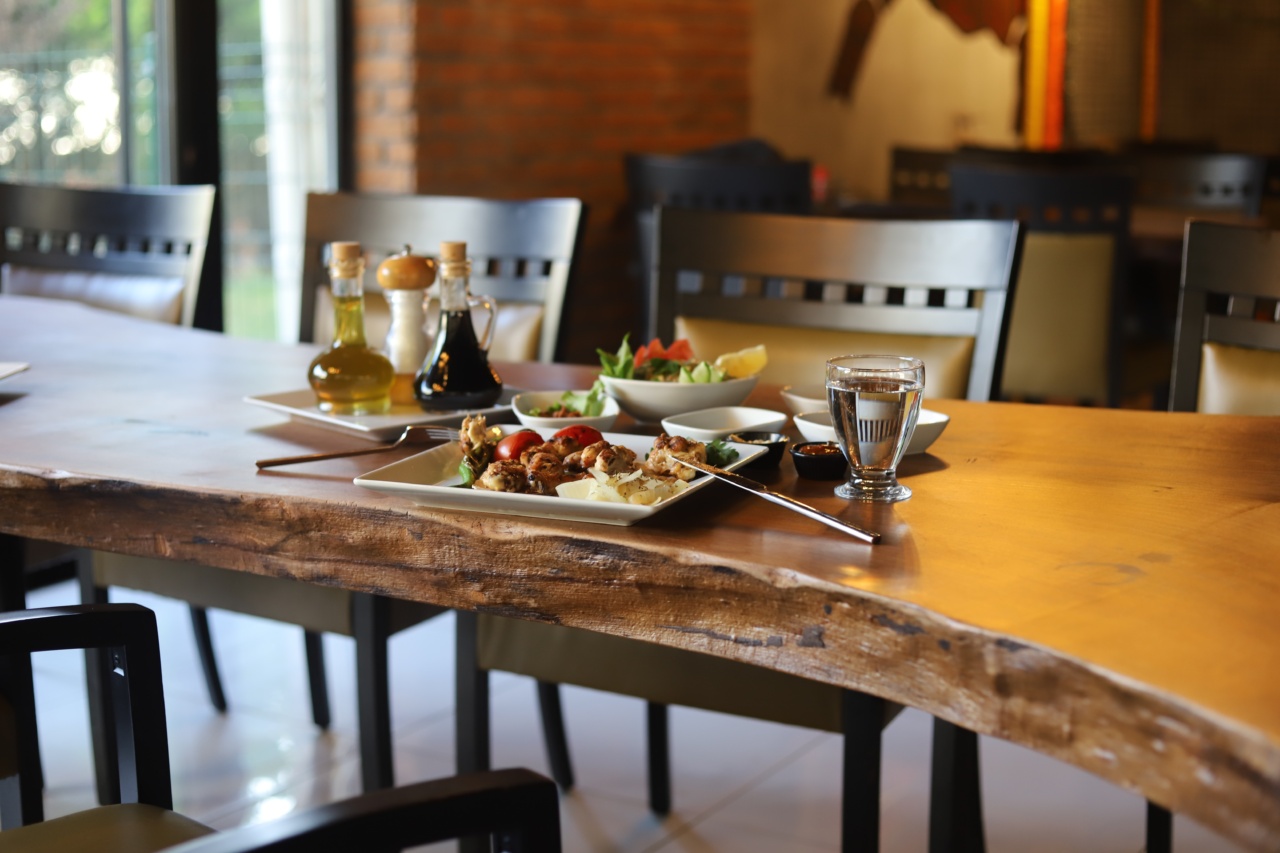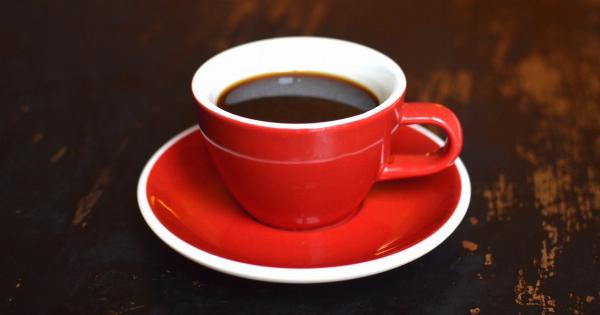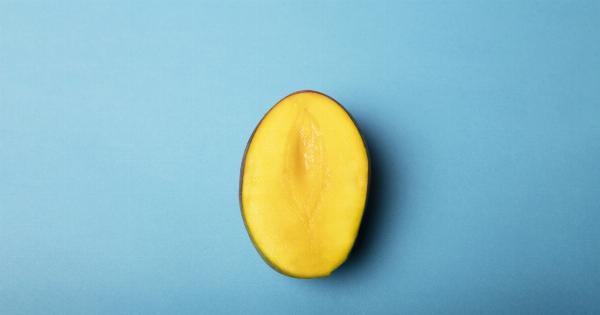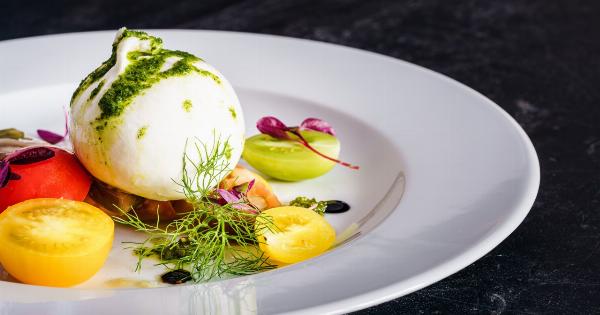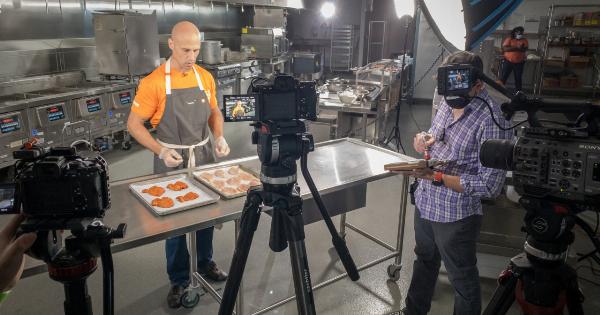Cutlery is an essential tool in the dining experience. It is not merely a means to an end, but it is also an integral component of the dining rituals and traditions we practice.
The right cutlery can enhance the taste and quality of the food while also providing a sense of elegance and sophistication.
Functionality of Cutlery
Cutlery has a very important role in the way we eat our food. It plays a vital role in ensuring that the food we eat is easily accessible and in portions that are suitable for consumption.
The fork helps us hold the food firmly while the knife enables us to cut through the food item and prepare it for consumption. A spoon is used to scoop up liquid-based dishes in a clean and mess-free way.
Cutlery also provides a sense of order during mealtime, mainly when dining with others. Proper cutlery etiquette involves the use of specific pieces of cutlery for specific dishes or courses.
The use of the correct cutlery signals respect and courtesy to the guests at the table.
Cutlery and Presentation
Another role of cutlery in the dining experience is its visual appeal.
Cutlery is often used as part of the overall presentation of a dish, and therefore it has to be carefully selected to ensure that it complements the dish both functionally and visually.
Cutlery can come in various shapes, sizes, and materials. The most common materials used are silverware, stainless steel, and cutlery made of high-grade plastic.
The type of cutlery used in the dining experience varies depending on the formality of the event, the type of food being served, and personal preference.
The Effect of Cutlery on Taste and Texture
Cutlery can also have a significant effect on the taste and texture of the food we eat. The type of cutlery used can alter the flavor of the food, particularly with metallic cutlery.
Acidic dishes can cause discoloration or a metallic taste if not served on non-metallic wares. The weight, texture, and thickness of the spoon can also make a difference in how we experience the food.
Cutlery and Culture
Cutlery has always been intertwined with the culture of a particular region or country. The types of cutlery used often represent specific cultural traditions or practices.
In many parts of the world, chopsticks are the primary tool used for eating, particularly in Asian countries.
Other cultures have unique cutlery styles or customs, such as the British custom of holding the fork in the left hand and the knife in the right when cutting food.
In France, the position of the hands and the cutlery during meal-time is a significant part of French dining etiquette. Gourmet cutlery is often symbolic of the abundance and wealth of a particular region or culture.
Types of Cutlery
There is an extensive range of cutlery types, each intended for specific purposes. Understanding the appropriate type of cutlery for a particular dish can provide an exceptional dining experience. Some of the common types of cutlery are explained below:.
Knives
Knives are an essential component of cutlery, vital for cutting through food with ease. It is crucial to use the right knife for the correct application.
For example, a bread knife has a serrated edge that can slice through bread without squashing it, while a meat knife has a sharp, pointed tip, ideal for carving meat.
Forks
A fork is a standard tool used in eating. It is used to spear food and hold it in place while it is cut. Depending on functionality, there are various types of forks to choose from, including dessert forks, grilled meat forks, and salad forks.
Spoons
A spoon is used to pick up liquid dishes, particularly soups and stews. There are a variety of spoons to choose from, including teaspoons, table spoons, dessert spoons, and soup spoons, each sized to complement the dish being served.
Chopsticks
Chopsticks are a popular option in Asian countries, designed to scoop food into the mouth without the need for a knife and fork. They are made from various materials, including bamboo, plastic, and metal.
Tongs
Tongs are essential tools required to lift and serve food, particularly finger foods. They are convenient implements and can be found in various sizes to complement the occasion.
Speciality Cutlery
Speciality cutlery refers to cutlery designed for a particular function, such as seafood forks, oyster knives, or specialty cheese knives.
These unique pieces of cutlery are usually in a different shape, length, or size than the traditional cutlery types.
Conclusion
The role of cutlery in the dining experience is fundamental, from its functionality, presentation, and effects on the taste and texture of the food we eat.
The right choice of cutlery, based on the type of dish being served, can enhance the dining experience, and bring a sense of elegance and sophistication to the occasion.
